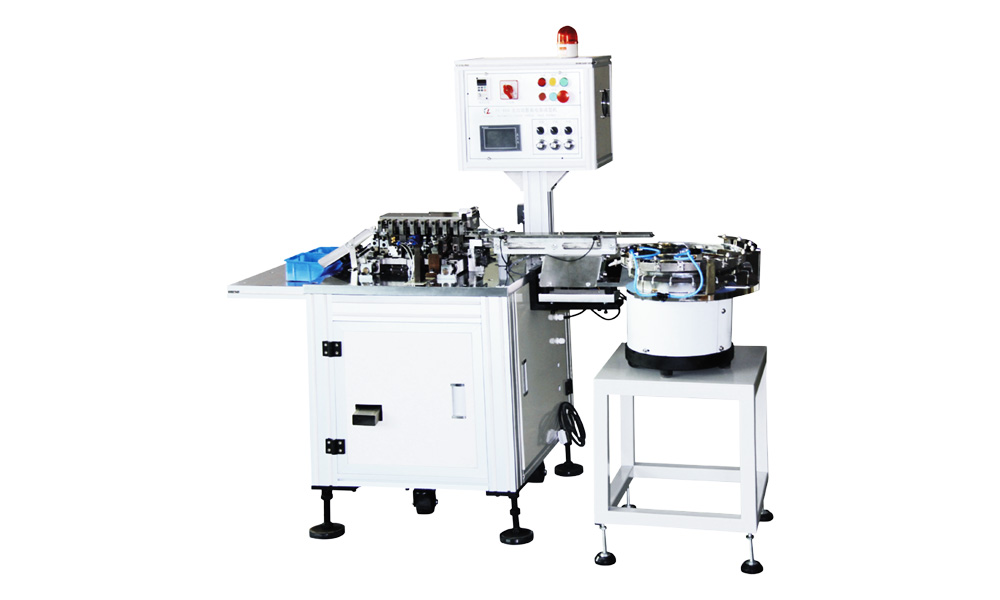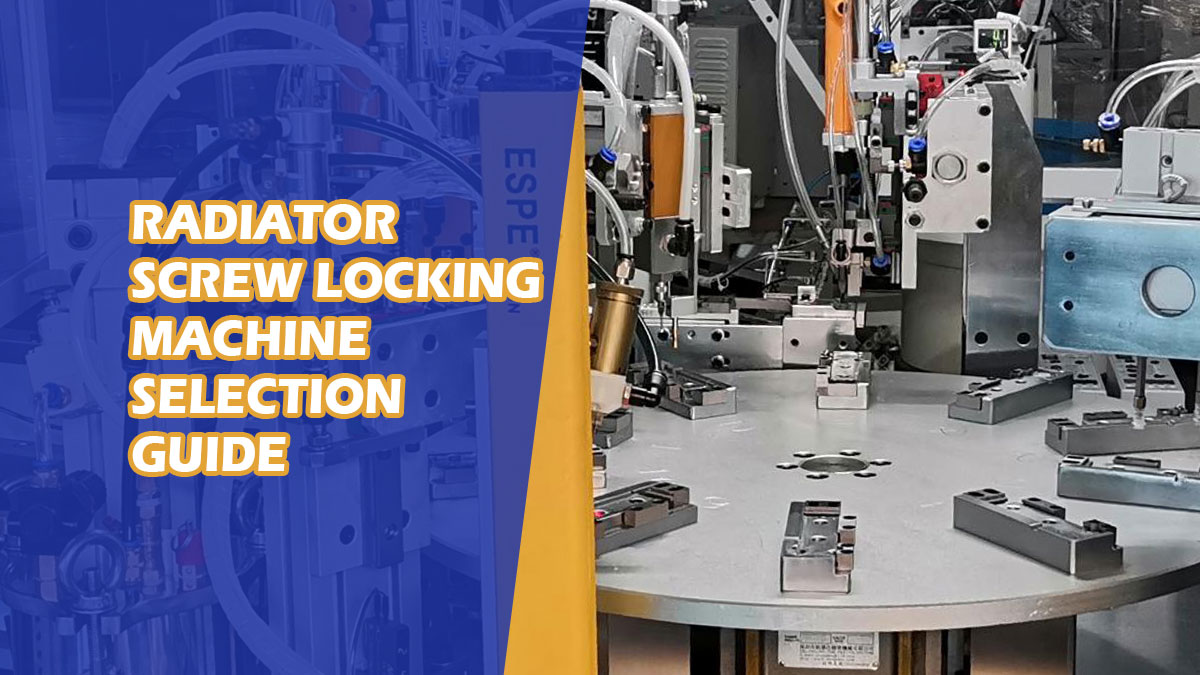1. What Is a Lead Former?
A lead former (also known as a lead forming machine) is an automated or semi-automated device used to cut, bend, and form the leads of electronic components—such as resistors, capacitors, transistors, and diodes—before soldering them onto PCBs.
In modern power supply and electronic assembly industries, precise lead forming ensures better solder joint reliability, improved production efficiency, and consistent component alignment.
“Since upgrading to an automated lead former, our rejection rate dropped by nearly 30%.” — Production Manager, Foxconn Partner Factory
If you’re working in industries such as power supply manufacturing, LED drivers, automotive electronics, or industrial control systems, a lead former is no longer optional—it’s a productivity multiplier.
2. Why Lead Formers Matter in Modern Manufacturing
In high-volume electronics manufacturing, manual lead forming can lead to:
- Inconsistent lead angles and lengths
- Higher risk of component damage
- Slower production and operator fatigue
An automatic or pneumatic lead forming machine standardizes the process, delivering:
- Precision: Uniform lead cutting and bending accuracy up to ±0.1mm
- Speed: Output that can reach thousands of components per hour
- Cost savings: Reduced labor costs and material waste
- Consistency: Reliable results across multiple production lines
According to a 2024 IPC industry survey, factories using automated forming lines reported a 20–35% improvement in throughput compared to manual processes.
3. Types of Lead Formers
Lead formers come in several types, depending on component type and production volume:
| Type | Suitable For | Description |
|---|---|---|
| Axial Lead Former | Resistors, diodes | Cuts and bends leads horizontally before insertion. |
| Radial Lead Former | Capacitors, LEDs | Forms leads vertically for radial components. |
| Transistor Lead Cutter | Transistors, IGBTs | Handles thicker leads with heat dissipation sheets. |
| Automatic Forming Line | High-volume assembly | Integrates feeding, forming, and testing automatically. |
For example, our FL-805 Manual Capacitor Cutter is ideal for small-batch production, while FL-917 IGBT Lead Forming Machine offers precision automation for high-power components.
4. Key Factors to Consider Before Buying a Lead Former
When selecting the right model, consider these aspects:
✅ 1. Component Compatibility
Check the component type and pitch size. A mismatch can lead to poor bending or lead damage.
If you mainly process IGBTs or TO-220 transistors, ensure the machine supports heat sink assembly and insulation sheet alignment.
✅ 2. Production Volume
For low-volume or prototype production, manual or semi-automatic formers are more cost-effective.
For mass production, opt for fully automated models with MES or barcode traceability.
✅ 3. Precision & Adjustability
Look for machines that allow fine-tuning of lead cutting length, bending angle, and forming speed.
This ensures flexibility when dealing with different PCB layouts.
✅ 4. After-Sales Support
Reliable suppliers provide technical support, training, and on-site maintenance.
At Flourishe, our engineers offer both remote troubleshooting and on-site service, ensuring minimal downtime.
✅ 5. Spare Parts & Blade Durability
The longevity of cutting blades directly affects maintenance costs.
High-speed steel (HSS) or tungsten blades generally offer better wear resistance.
5. How to Evaluate a Lead Former Supplier
Beyond specs, pay attention to the supplier’s industry experience and customer reputation.
Check for:
- ISO or CE certification
- Long-term cooperation with major manufacturers
- Proven case studies in similar applications
“We’ve been using Flourishe lead forming equipment for over five years — it’s stable, precise, and easy to maintain.”
— Procurement Engineer, BYD Electronics
6. Step-by-Step Buying Checklist
| Step | Action | Why It Matters |
|---|---|---|
| 1 | Define your component types (axial, radial, transistor) | Avoid compatibility issues |
| 2 | Estimate daily or monthly output | Choose suitable automation level |
| 3 | Request sample forming tests | Verify real forming quality |
| 4 | Check supplier’s after-sales and spare parts policy | Ensure long-term stability |
| 5 | Compare pricing based on lifetime cost, not just purchase price | Lower total cost of ownership |
7. Conclusion
Choosing the right lead former isn’t just about automation—it’s about precision, reliability, and long-term cost-effectiveness.
A well-selected machine helps your production line achieve higher output, fewer defects, and smoother operation.
Whether you’re upgrading an existing assembly line or setting up a new plant, investing in a trusted brand like Flourishe ensures your business runs at peak efficiency—backed by 20 years of professional R&D and real customer success stories.







